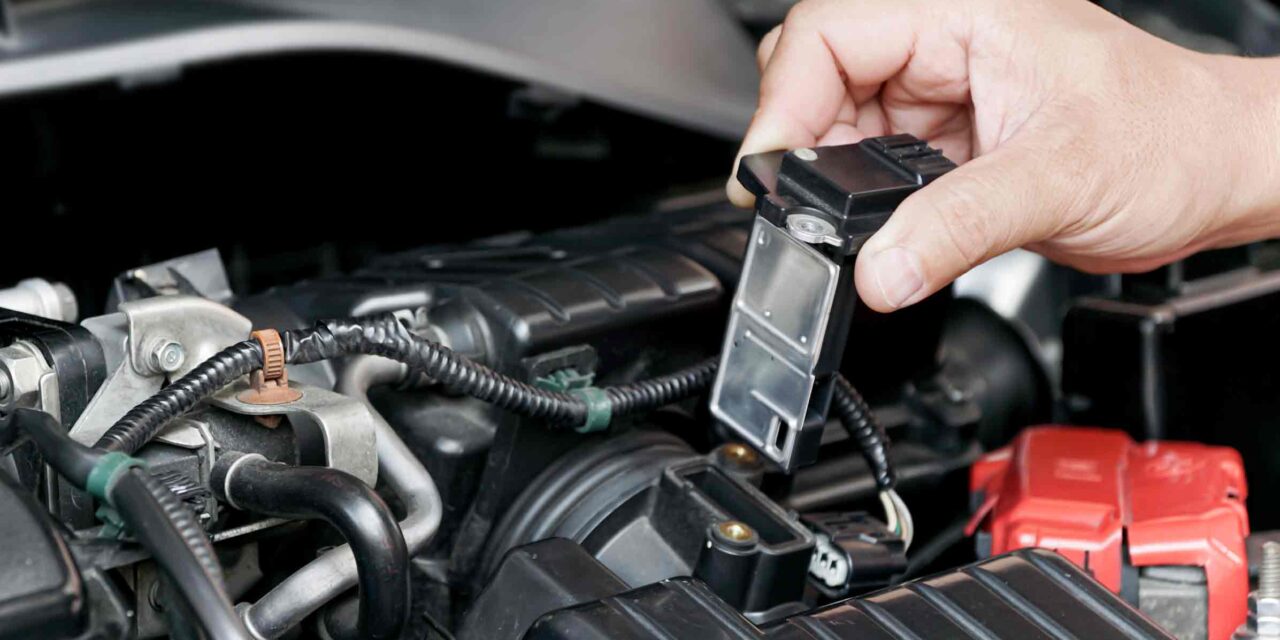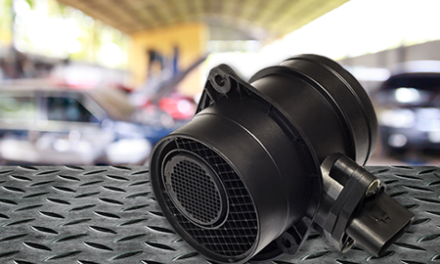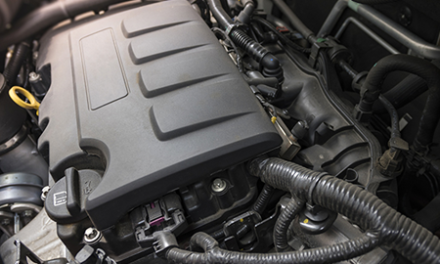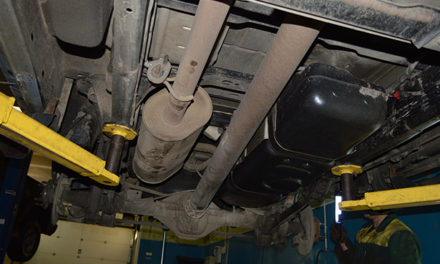Fuel trim is a term used to describe the Powertrain Control Module’s (PCM) efforts to maintain an optimal 14.7:1 fuel mixture (14.7 parts of air to 1 part fuel).
The PCM adjusts the fuel trim an average of three times a second. It adjusts its fuel trim strategy according to the changing inputs from the various sensors on the engine.
Contributing Factors to PCM Fuel Trim
The contributing factors used by the PCM in formulating these differing strategies are nearly endless.
The coolant temperature sensor signals the engine coolant temperature. If the sensor signals a cold engine, the computer responds by richening the mixture. This is much like applying the choke.
The crankshaft position sensor signals the position of the piston in the number 1 cylinder relative to the top dead center. It also signals the rpm of the engine. Appropriate fuel trim adjustments are one of the ways the PCM uses the crankshaft position sensor signal.
The camshaft position sensor signals the position of the valves. Fuel injection and ignition timing are a couple of ways the PCM utilizes the Camshaft position signal.
The mass airflow (MAF) sensor signals the PCM with the volume of air entering the intake manifold. This is an indication of altitude, temperature, humidity, and increased demand on the engine. As the vehicle travels down the road or up to higher elevations, road conditions, and pressures are constantly changing. Adjustments to these condition changes are critical to maintaining a good fuel-to-air ratio.
The Throttle Position Sensor signals to the PCM the amount and speed of the throttle opening. The PCM will utilize this information to make fuel trim adjustments and many other calculations.
The Intake Air Temperature sensor signal changes as the temperature of incoming air varies. The warmer the air, the thinner it is.
The oxygen sensors monitor the accuracy of the computer’s fuel trim strategy. The oxygen sensor is located in the exhaust and monitors the amount of unburned oxygen in the exhaust. This is an indicator of the fuel mixture’s integrity.
When the oxygen sensor indicates a rich mixture, the PCM will lean the mixture. Conversely, if the mixture is lean, the PCM responds by richening the mixture in order to maintain a 14.7:1 ratio.
The knock sensor signals detonation when the cylinder head becomes hot enough to cause spontaneous combustion of the fuel as it enters the cylinder.
Detonation is destructive to the pistons and valves. In response to a signal from the knock sensor, the PCM will retard the spark and richen the mixture to cool the cylinder head. All the above sensors are necessary for the computer to make correct assessments of real-time conditions. When any of the sensors fail, the PCM uses the last known good signal from this sensor in an attempt to control the mixture.
A sensor failure will always compromise the operation of the engine somewhat. A defective oxygen sensor that sticks in a rich or lean mode will cause the computer to richen or lean the mixture in response to the current failed sensor signal.











